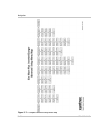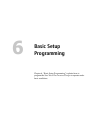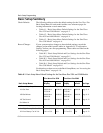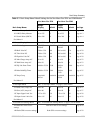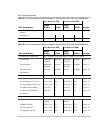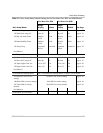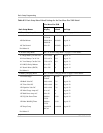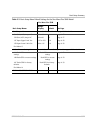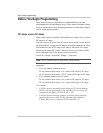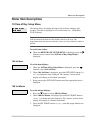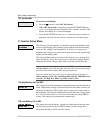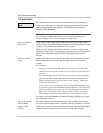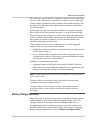
Basic Setup Programming
6–8 976-0043-01-02
Before You Begin Programming
Some items must be pre-determined or confirmed before you start
programming the inverter/charger for use. These items include the voltage
levels to operate the inverter, charging parameters for the battery charger,
and AC input amperage limits.
DC Amps verses AC Amps
Some of the settings in the Basic Setup Menu may require you to convert
DC amps to AC amps.
Inverters convert DC power into AC power. Since the DC voltage will be
lower than the AC voltage, the DC amps will be higher than the AC amps.
The formula or ratio of DC amps to AC amps is the actual AC voltage
divided by the actual DC voltage. This ratio is not exact as there will be
losses, although small, in the power conversion process.
Actual AC Voltage ÷ Actual DC Voltage
≈ Amp ratio
There are two “rules of thumb” using this inverter to estimate the
amperages.
• If you are running on battery power:
24 Vdc inverters have about a 5 to 1 ratio of DC amps to AC amps.
48 Vdc inverters have about a 2.5 to 1 ratio of DC amps to AC amps.
• If you charging battery from AC power:
24 Vdc inverters have about a 4 to 1 ratio of DC amps to AC amps.
48 Vdc inverters have about a 2 to 1 ratio of DC amps to AC amps.
For example:
• A 24 Vdc inverter operating from a battery at 25 Vdc and making
120 Vac will use approximately 4.8 amps DC for every 1 amp AC
consumed by the loads (120 Vac/25 Vdc = 4.8)
• A 48 Vdc inverter charging a battery at 60 Vdc from a generator
supplying the inverter with 120 Vac will make approximately
2 amps DC for every 1 amp AC (120 Vac/60 Vdc = 2)
Note: The AC ammeters have an approximate 1 amp tolerance.



